Hölger Röthig of Cycle Café in Germany
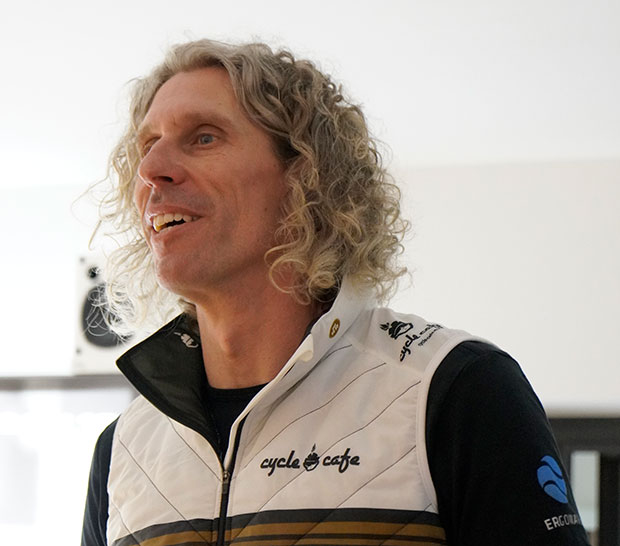
Over the 20-plus years we’ve been hosting our F.I.S.T. Bike Fit Workshops (this Autumn’s workshop is November 6 thru 10), we’ve hosted fitters from every continent except the Antarctic. Some of the strongest fitters I’ve hosted at The Compound are from northern Europe. In 2016 two fitters came to the workshop who really impressed me. One was Patrick Guillaume from Luxembourg. The other was Hölger Röthig, whose shop Cycle Café is right in the center of the Ruhr Valley of Germany. I drink my morning coffee here at The Compound out of a Cycle Café mug.
Hölger is one of those fitters whose presence causes you to get up very early and drive past a half-dozen other fitters to get to him. Because cycling is important to you. Because every hour spent on an uncomfortable bike is an hour you know you’ve only half-enjoyed. Hölger is an ultracyclist and a RAAM rider himself, which is in one sense the perfect background. We sometimes hear of fitters who caution against the “pro” position because an AGer isn’t strong enough to ride it. Of course it’s the opposite. Try riding 3000 miles in a week and-a-half in an uncomfortable position. Or if you’re a pro triathlete try riding 500 or 600 miles a week in a “pro” position (if “pro” means unsustainable by an AGer). In fact, the “pro” position is probably more comfortable than 75 percent of the AGer positions you see in the transition area.

Hölger impressed me as someone who had the mathematical understanding of matching positions to bikes; along with an intuitive ability to tweeze a powerful, comfortable position out of a rider. I’m glad Hölger came and took our course. But Hölger could have taught our course.
Here are the questions I asked of Hölger as I sought to find out more about him and his business: I haven’t (yet) visited Cycle Café, but I do suspect this is a first-rate coffee and pastry café in addition to a bike and bike fit shop. (We always want our boutique bike cafes to be as good or better than a Starbucks, but they often disappoint do they not?)
Me: What is your sports and educational background?
Hölger: I have a degree in sports science and I did different sports throughout my life. When I was 36 years old I started my career as an ultracyclist which ended up with a RAAM finish in 2012. Due to these long hours in the saddle I guess a felt every pain you can feel on the bike!
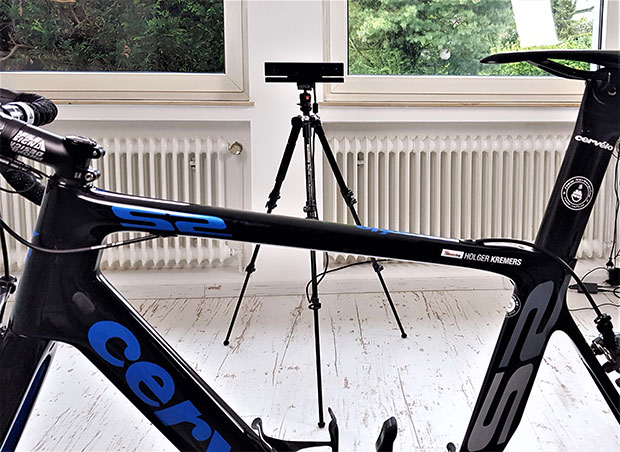
Me: What tools and equipment do you have in your fit studio?
Hölger: I started with Retül and switched to Velogicfit 3D. [Hölger just described his motion capture system.] We still have a [Retül] Müve sizing bike, along with pressure mapping [such as Gebiomized] for insoles and saddle. A Wahoo Kickr and Climb along with Wahoo Headwind are in use with Zwift.
Me: What factors drive the changes you make in a fit coordinate? For example, in seat height, it could just be your eye; it could be the rider’s input; it could be what your motion capture system says. And so on.
Hölger: It is a mixture of fit coordinates, feeling of the client and my knowledge. At the end the rider has to be in the most comfortable position for his goals. I’m not stuck on numbers, everybody is different and no fit is like the other. Due to some years of a bike fitting I have a big box of solutions and most of the time it works at the end. My biggest learnings are with para athletes. You have to reset your normal work flow and recognize the special need of the athlete. It is hard if you do this every day but every now and then it is a privilege to work with these athletes.
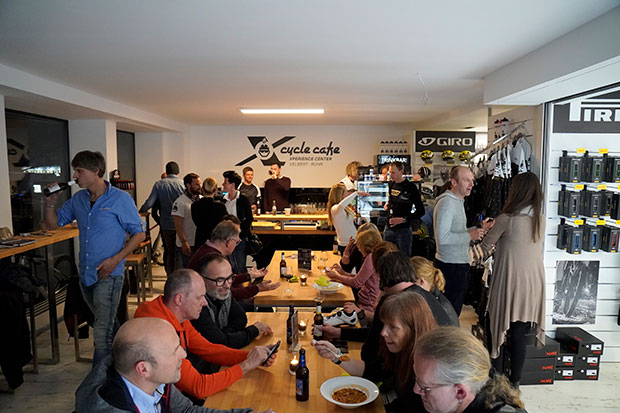
[Below is my FuBAR question to Hölger. For the purpose of this exercise FuBAR stands for Fitters BAR Exam. What I do is give a set of fit coordinates: pad x/y on a tri bike or hx/hy on a road bike. And then the fitter writes back what bike(s) he/she would prescribe for the customer and why. The FuBAR question quickly, and starkly, separates the pretenders from the professional fitters. If a fitter can’t answer this question it’s unlikely this fitter has a good process for matching a fitter’s coordinates to bikes that match the position. This is frankly an uncomfortable part of an interview with a bike fitter if that fitter is unprepared to address it.]
Me: My road bike fit session ends with me needing a road bike with HX/HY of 630mm and 505mm. What bike or bikes would you prescribe?
Hölger: We could take my bike. Bianchi Specialliissima 59, Deda Superbox 120 mm -8° (32 mm Clamp height) headset top cap is 10 mm, 12 mm spacer would be perfect but custom made. With 3D printing nothing is impossible. Actually my ride looks a little bit different, 110 mm -8° Superbox but with semi cable routing 20 mm spacer and top cap 10 mm.
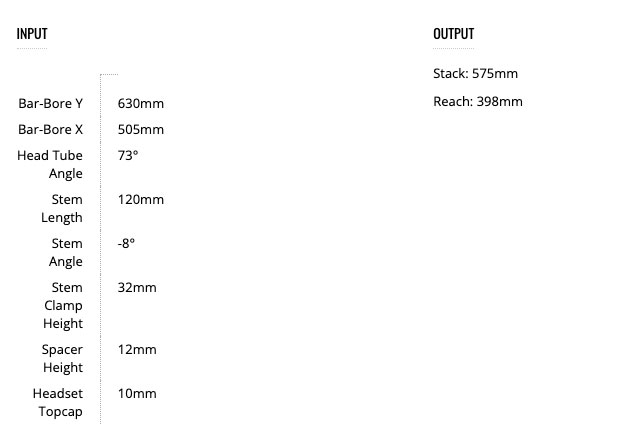
How do we know if Hölger got it right? Yes, the Deda stem is compatible with this bike and yes it does come in that angle. Above is a screenshot of the output when the front end values Hölger spec’d are plunked into the text boxes. (This is from the hx/hy calculator we host here on Slowtwitch.) So far, so good.
Below is a screenshot of the Bianchi Specialliissima geometry chart and, voila, in size 59cm that frameset has a stack and reach of 575mm and 398mm, and Hölger’s prescription matches to the millimeter on both height and length.
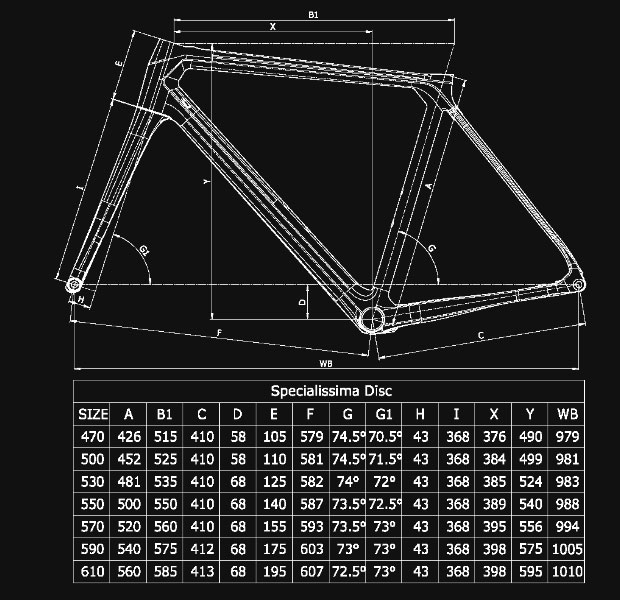
Hölger knows what he’s doing. (But I already knew that.)


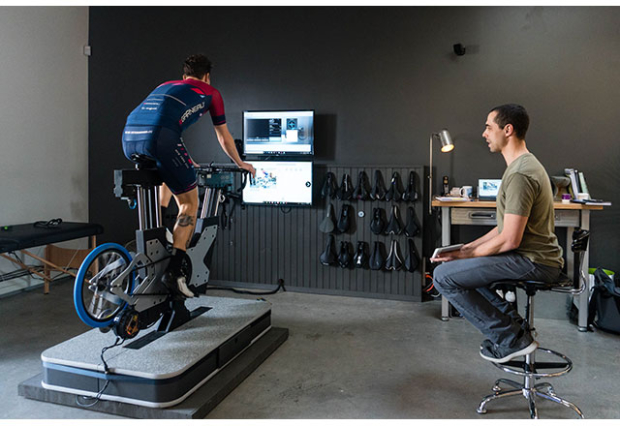
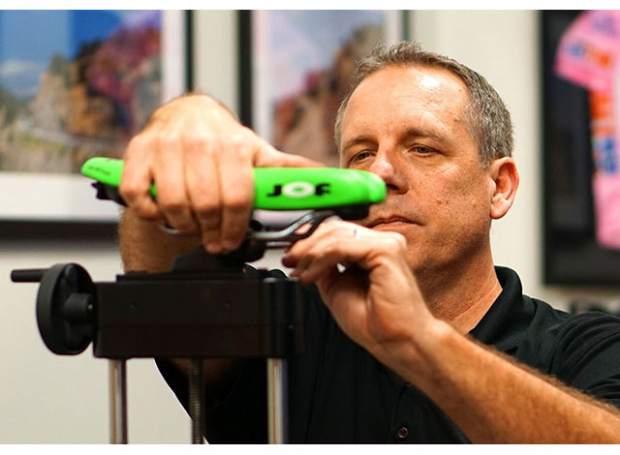
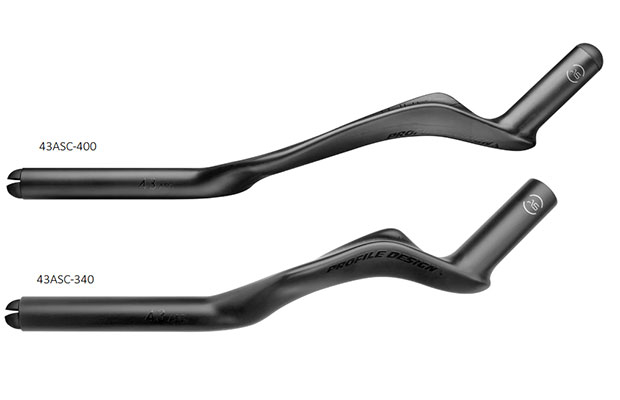
Start the discussion at slowtwitch.northend.network